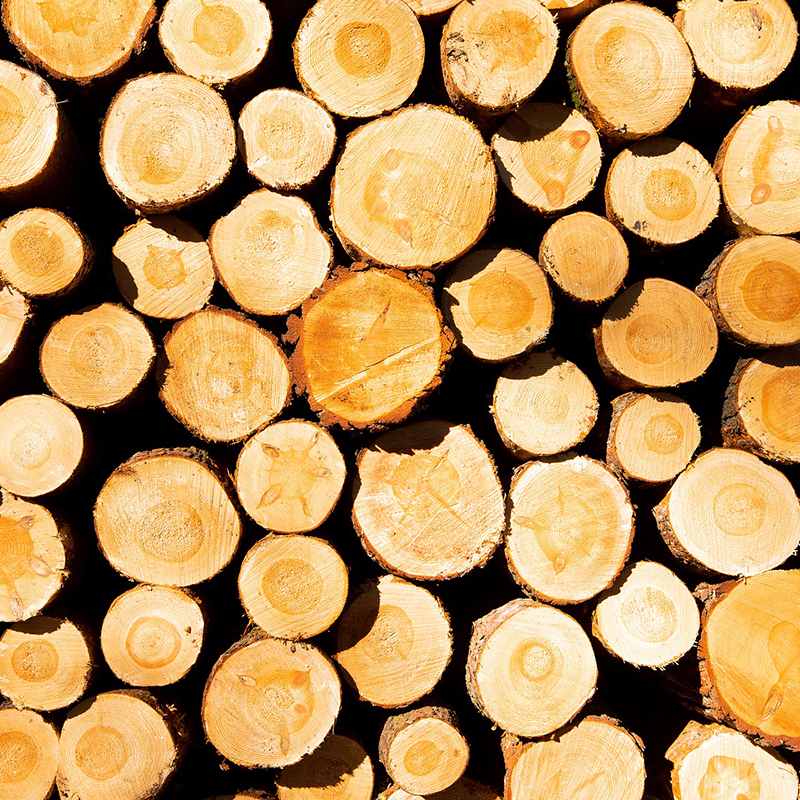The Kent mill was a novelty in the phosphate industry of the early 20th century. It had a grinding capacity of up to 5 metric tons per hour. Engineer Curt von Grueber secured the European sales rights for the product in 1906. In Berlin, he started a company to drive sales. In 1912, after engineer Ernst Curt Loesche joined the company, it began to manufacture mills itself. The product range included the Maxecon mill, which took the benefits of the Kent mill a step further, as well as rotary kilns and all kinds of machines for cement production.
The first mill patented
1927 saw the patenting of Loesche’s first mill. This was equipped with a rotating grinding track on the inside that used centrifugal force to push the grinding stock outwards from the center of the mill. The mill was therefore well suited for grinding brittle materials, especially for the cement and fertilizer industries. In 1934, the company launched a new version of the mill featuring a separate gearbox and a horizontal grinding track.
In the summer of 1948, Ernst Curt Loesche rebuilt the company in Düsseldorf. The first four-roller mill was manufactured at the production facility in Neuss in 1971. This went into operation in a plant near Naples with a raw meal throughput of 214 metric tons per hour. Four years later, with the help of larger rollers and a bigger grinding table, this figure reached 425 metric tons per hour. The 1980s saw environmentally friendly technologies grow in importance for the company. This led to the development of the vertical roller mill, which featured a flat grinding plate with a vertical axis and was used for grinding slag. Another innovation in the early 90s was the 2+2 cement clinker mill.
Cement production: a complex process
The cement production process is still a complex one today. The limestone extracted from quarries is mixed with clay and quartz sand and ground in a mill. This produces raw meal, which is burnt into cement clinker in rotary kilns heated to 1,450 degrees. The clinker is then cooled, stored, and ground into cement in another mill. Finally, the cement is stored in silos or poured directly into paper bags ready for purchase.
Many of these steps have been technically refined and optimized over time.
(Image: lovelyday12 – AdobeStock)



